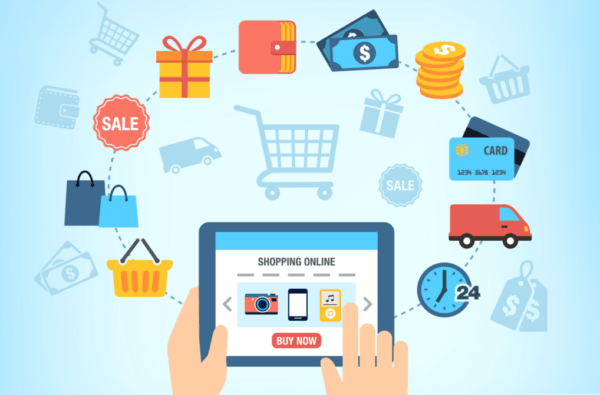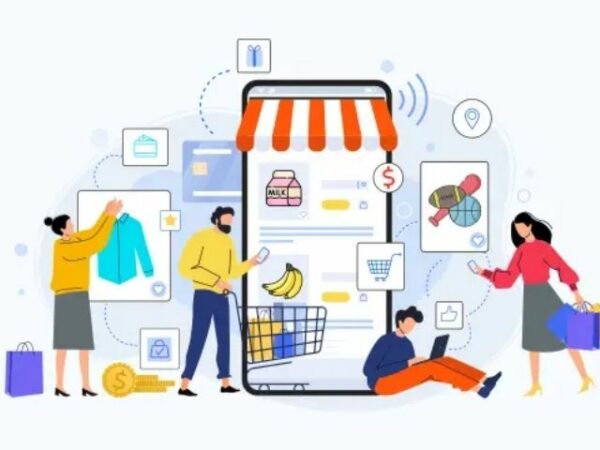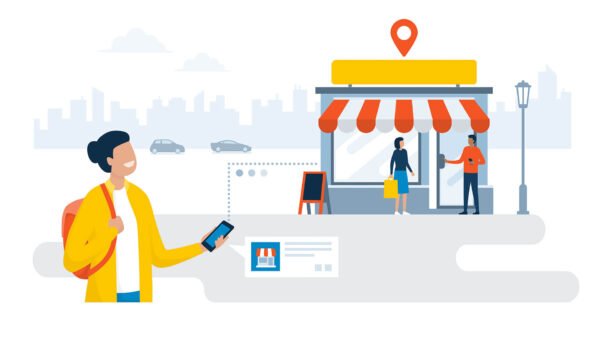Startups Go Physical From Digital As Pandemic Boom Ends

Startups Go Physical From Digital As Pandemic Boom Ends
Every day, India registers approximately 80 startups, and over the past few years, that number has increased.
Edtech companies, like Byju’s, Unacademy, and Vedantu, and furniture merchants like Pepperfry and Wakefit, are aiming to increase their offline presence now that the online boom has subsided. In some cases, they are even starting their brick-and-mortar stores.
According to experts, consumer businesses should develop offline storefronts to build their brands, grow, and take advantage of the enormous offline market.
“In India, online sales still hold for 10 to 12 per cent of all sales, while 85 to 90 per cent of all sales are still made offline. For many reasons, including brand building, market expansion, and the fact that the offline market is much larger, online businesses are moving offline, according to Amit Nawka, partner – transactions and India startup leader at PwC India.

The emerging hybrid model
Customers are visiting stores and looking for a human touch after the epidemic, which is making it difficult for such consumer startups. Most online businesses with plenty of cash are buying businesses to establish an offline presence swiftly. Students’ screen weariness over the two years of the pandemic is already apparent in the edtech sector.
“We observed Byju’s acquisition of Akash, which mainly was an offline transaction. Currently, Unacademy has no offline presence, and they may need to create one, according to Amit Nawka, partner-deals and India startup leader at PwC India.
Even offline businesses are important to many in the rapidly developing digital era. Online and offline business models should coexist together, allowing customers to visit a store to interact with the brand before making an online purchase.
“When it comes to offline play or omni channel as some people refer to it, it was mainly explored in the consumer tech area. FirstCry and other Ratan Tata-backed retail jewellery companies like BlueStone and CaratLane, which were primarily online players, have suddenly begun operating offline, according to Mr. Nawka.

The costs, cannibalization – the Nykaa case study
Nykaa, a firm selling more beauty, health, and fashion products online, has started opening locations so customers can see their brand in person.
To be more accessible to customers, Nykaa has become omnichannel and created actual retail locations since 2014. It now has 95 retail locations spread across 47 cities in the nation and has stated aspirations to increase that number to 300 locations throughout 100 cities.
On the surface, this seems to be a diversion from the company’s continued portrayal of a tech-enabled, digital-first positioning. However, it’s critical to understand the strategic drivers behind the company’s ambitious store expansion strategy, according to a JM Financial analysis.
While going offline might be a long-term plan, brokerages believe that it could stress the balance sheets of businesses, mainly those on the road to profitability.
“We do not see any justification for entering this business, save than giving some brands (and within that, just some SKUs) a path to market in addition to the internet space. In addition to its own distribution in some circumstances, there would be a large amount of overlap with other providers like Jio and Udaa,” according to an IIFL analysis on Nykaa.
According to the article, Nykaa’s sales of cosmetics and personal care items may suffer if physical stores open up. According to IIFL, it receives a lot of business from tiny towns without a major retail presence, and this business may eventually eat into its own physical operations.

Customers will buy online but want to ‘see’ offline
However, J M Financial holds a different opinion. Most people still feel comfortable transacting on digital platforms when they can link it to a physical presence as well, whether in urban or rural places.
According to the J M Financial research, “The retail footprint gives customers the comfort of mind and, thus, becomes a major brand-building factor.”
Virtual try-on and other technological breakthroughs are helpful for some things, but having access to a store can be a game-changer. Even Purple bought Faces Canada, which was primarily offline while they were playing online, according to Mr. Nawka.

Quick commerce adding warehouses or dark store
The most urgent need for a brick-and-mortar presence is among retail companies. Fast delivery services like Zomato, Dunzo, and Bigbasket are growing their warehouses to fulfil their commitment to delivering groceries in 10 to 15 minutes.
A dark store is typically a sizable warehouse that can be used as an order fulfilment platform for online sales or to support a “click-and-collect” service when customers pick up an item they have ordered online. These underground businesses provide speedy deliveries for these instant commerce platforms.
Online businesses have grown and prospered during the pandemic. Still, when they attempted to “take over” from physical businesses, they realized something they probably had never realized before: how close they could get to their customers and how many more they could physically reach. This is where the trend reversal in startups and modern digital companies will begin.

Benefits of Physical Store
The stranglehold that retail sales once held over the consumer market has long since passed. Customers who earlier only used brick-and-mortar stores can now shop online. It is accurate to say that traditional businesses may eventually become obsolete as online purchasing grows. Even if internet buying is becoming more common, customers still prefer visiting physical establishments. Following are the benefits of the physical store:
-
Physical stores are more noticeable
In contrast to an internet store, setting up a physical store is more complicated. Because opening physical storefronts are relatively inexpensive, more people decide to do it. As more people try to benefit from how simple it is to start an online store, the number is growing daily. Even though opening a physical store requires a lot of work, Allen Cranston, an analyst and resume writer for a cheap resume writing service, claims that it improves visibility. Think about opening a physical store if you want to bring your brand in front of customers.
In contrast to a billboard, a physical store provides more than just immediate visibility. Customers may see the products, which facilitates their decision to buy. Additionally, a real store gives customers a feeling of security. Therefore, consumers can easily make online sales when they visit your website. When customers are aware that you operate from a physical location they can visit, they will have more faith in you. Your marketing efforts will be complemented if you have a physical store in addition to your internet presence.
-
Physical stores offer a distinct shopping experience.
Online retailers cannot duplicate the experience that customers get in physical ones. Many customers prefer to go to stores and learn about new goods. Customers can learn about new products on the market by browsing the merchandise while at a store. Physical stores allow group shopping by customers.
For example, a family could go out and enjoy themselves while shopping. Together with shopping in a physical store provides an experience that would not be possible if they were to make their purchases online. Physical stores can convert customers into fans since they act as gathering places. People may congregate to meet and shop at the same time. Because of the increased store loyalty, there are more sales.
-
Physical stores generate more revenue
Physical stores have mastered the art of selling. Physical businesses sell more things than online companies do because:
-They can direct customers. A physical store can direct customers to the products’ locations. Customers should be familiar with a product’s name to look for it online.
-The capacity to find new things. Customers always find new things while they purchase. On an internet platform, browsing is a never-ending activity for looking for new products.
-Displaying goods encourages consumers to shop more. The way the things are displayed makes it likely that customers may choose more than they intended. Sales increase when customers purchase more items as a physical store exposes customers to a large variety of products.
-
Physical outlets assist customers in making decisions
Customers who shop at brick-and-mortar stores are better positioned to make decisions. Online, customers must traverse a variety of options. Although online merchants have made an effort to make their websites simple to use, the issue has not been resolved. Online buyers may lack knowledge about the best things to order. In this situation, people could need professional advice to choose the appropriate purchases. They end up choosing poorly in the absence of specialists. Customers may easily find support at Physical stores. The store employees are eager to help customers make the best purchases.
For example, customers might ask about the best items for a specific demand. Clients are allowed to complete their purchasing needs while saving time. Customers rarely make incorrect purchases in real stores. They can purchase what more suited to them thanks to the attendants’ assistance is.
-
No shipping costs with physical stores
You take the items immediately and head home when shopping at the nearest store. This would not apply if you bought the identical things online, though. This is due to the fact that shipping fees would be due. The price will be exorbitant if you buy from another nation. You will eventually have to pay more for the goods.
In conclusion, you now understand the importance of selling in actual stores. Even though internet shopping has become more popular, it cannot be denied that most consumers still prefer to purchase goods from physical stores. Although online businesses are a helpful innovation, customers gain more from shopping in actual retail stores.
Edited by Prakriti Arora




